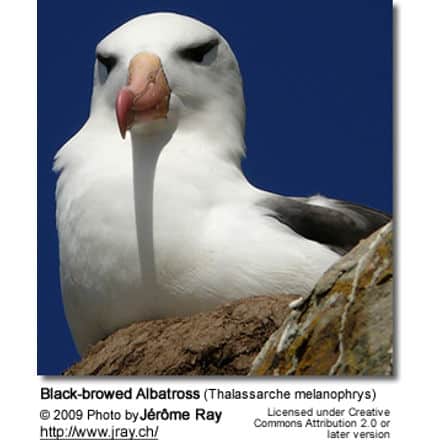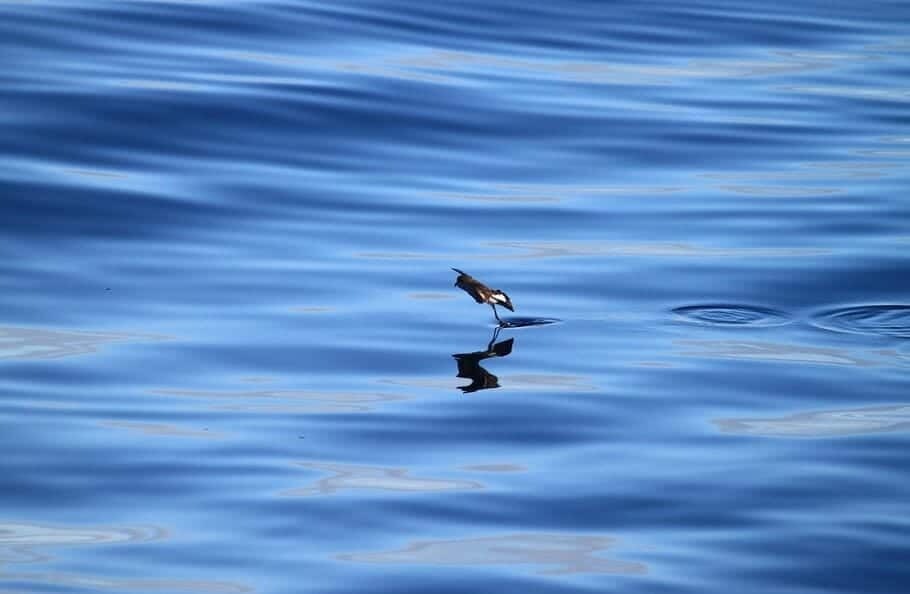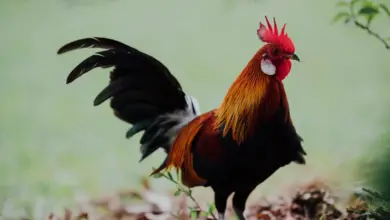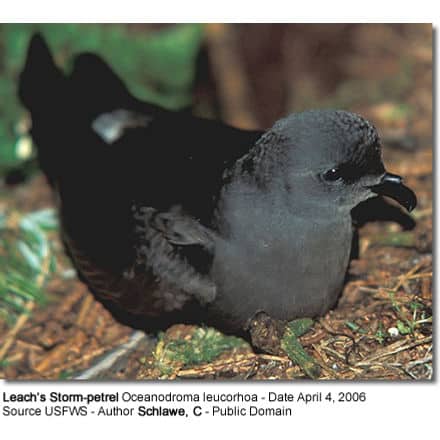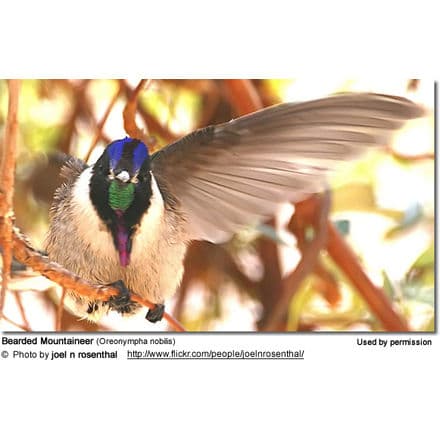Emerald-bellied Pufflegs
The Emerald-bellied Pufflegs (Eriocnemis aline) is a South American hummingbird that is considered “uncommon” throughout its range (Ref. IUCN Red List of Threatened Species).
Distribution / Range
The Emerald-bellied Puffleg occurs naturally in Colombia, Ecuador, and Peru (northwestern parts of South America).
It is mostly found along the east slope of the Andes at elevations of 5,200 – 8,530 ft (~1,600 – 2,600 m).
Subspecies and Distribution
-
- Eriocnemis alinae alinae (Bourcier, 1842) – Nominate Race
- Range: Central and east Andes of Colombia to east Andes of Ecuador
- Eriocnemis alinae dybowskii (Taczanowski, 1882)
- Range: East Andes of north and central Peru
- Eriocnemis alinae alinae (Bourcier, 1842) – Nominate Race
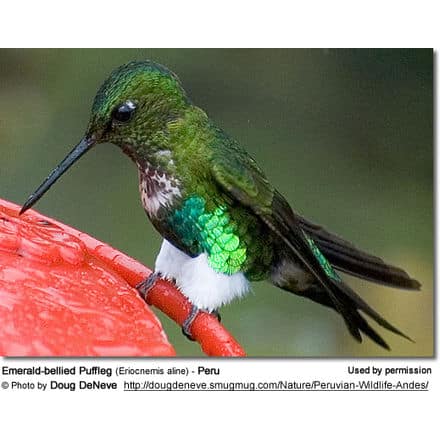
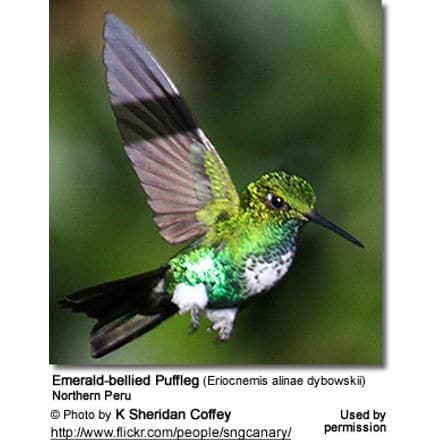
Alternate (Global) Names
Spanish: Calzadito Pechiblanco, Calzoncitos Diminuto, Colibrí Pantalón Chico … Italian: Colibrì zampepiumose pettosmeraldo, Fiocchetto panciasmeraldo … Czech: Kolibrík smaragdovobrichý, kolib?ík smaragdovob?ichý … Danish: Smaragdkvastben … German: Smaragd Schneehöschen, Smaragdschneehöschen, Weißbrust-Höschenkolibri … French: Érione d’Aline … Japanese: midoriwataashihachidori … Finnish: Smaragdisukkakolibri … Dutch: Smaragdbuik-pluimbroekje, Smaragdpluimbroekje … Norwegian: Hvitbrystdunfot … Polish: puchatek zielony … Russian: ?????????? ????? … Slovak: pancuchárik bieloprsý … Swedish: Smaragdtofsbena

Description
The Emerald-bellied Pufflegs measures between 2.9 – 3.1 inches (7.5 – 8 cm); its bill is between 0.6 – 0.7 inches (1.5 – 1.9 cm) long.
The plumage is mostly a glossy green, with a green, notched tail. It has a prominent, irregularly shaped white patch in the center of the chest. It has a straight black bill and distinctive small white eye spots.
This puffleg species was named for the snow-white dense feathering around the legs known as “leg puffs” (which are not always visible). These leg puffs are unique to the pufflings and have been described as resembling “woolly panties” or “little cotton balls” above the legs,
The adult female looks similar to the male, except for a slightly duller plumage.
Calls / Vocalizations
Its call is described as a thin “sheet”
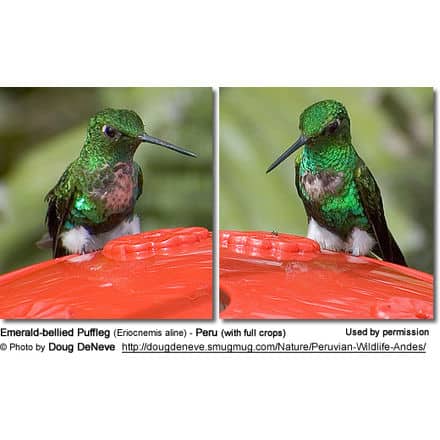

Hummingbird Resources
- Hummingbird Information
- Hummingbird Amazing Facts
- Attracting Hummingbirds to Your Garden
- Hummingbird Species
- Feeding Hummingbirds
Nesting / Breeding
Hummingbirds are solitary in all aspects of life other than breeding, and the male’s only involvement in the reproductive process is the actual mating with the female. They neither live nor migrate in flocks, and there is no pair bond for this species. Males court females by flying in a U-shaped pattern in front of them. He will separate from the female immediately after copulation. One male may mate with several females. In all likelihood, the female will also mate with several males. The males do not participate in choosing the nest location, building the nest, or raising the chicks.
The female Emerald-bellied Puffleg is responsible for building the cup-shaped nest out of plant fibers woven together and green moss on the outside for camouflage in a protected location in a shrub, bush, or tree. She lines the nest with soft plant fibers, animal hair, and feathers down, and strengthens the structure with spider webbing and other sticky material, giving it an elastic quality to allow it to stretch to double its size as the chicks grow and need more room. The nest is typically found on a low, thin horizontal branch.
The average clutch consists of two white eggs, which she incubates alone, while the male defends his territory and the flowers he feeds on. The young are born blind, immobile, and without any down.
The female alone protects and feeds the chicks with regurgitated food (mostly partially digested insects since nectar is an insufficient source of protein for the growing chicks). The female pushes the food down the chicks’ throats with her long bill directly into their stomachs.
As is the case with other hummingbird species, the chicks are brooded only the first week or two and are left alone even on cooler nights after about 12 days – probably due to the small nest size. The chicks leave the nest when they are about 20 days old.
Diet / Feeding
The Emerald-bellied Pufflegs primarily feed on nectar taken from a variety of brightly colored, scented small flowers of trees, herbs, shrubs, and epiphytes. They favor flowers with the highest sugar content (often red-colored and tubular-shaped) and seek out, and aggressively protect, those areas containing flowers with high-energy nectar. They use their long, extendible, straw-like tongues to retrieve the nectar while hovering with their tails cocked upward as they are licking at the nectar up to 13 times per second. Sometimes they may be seen hanging on the flower while feeding.

